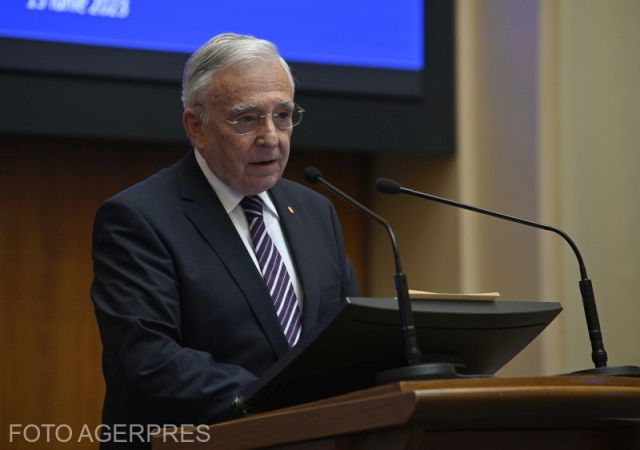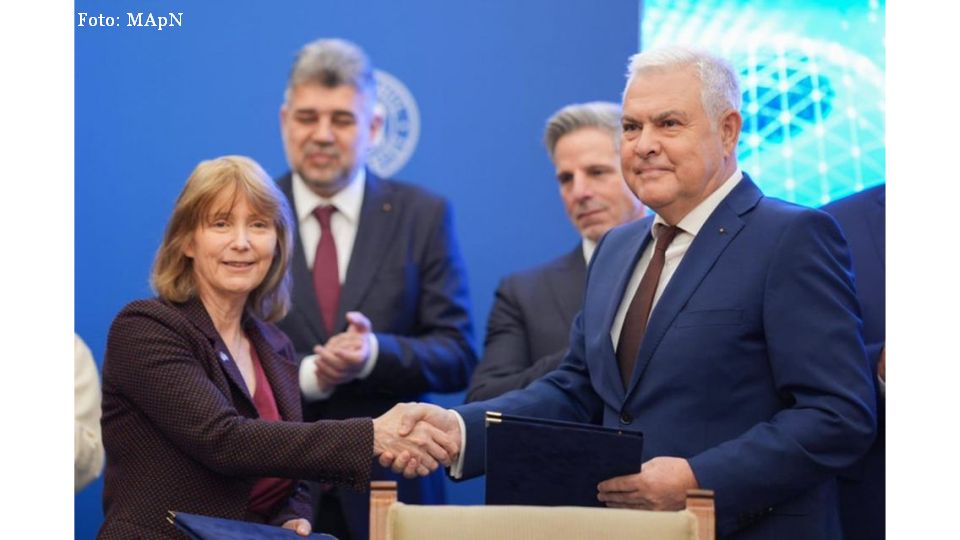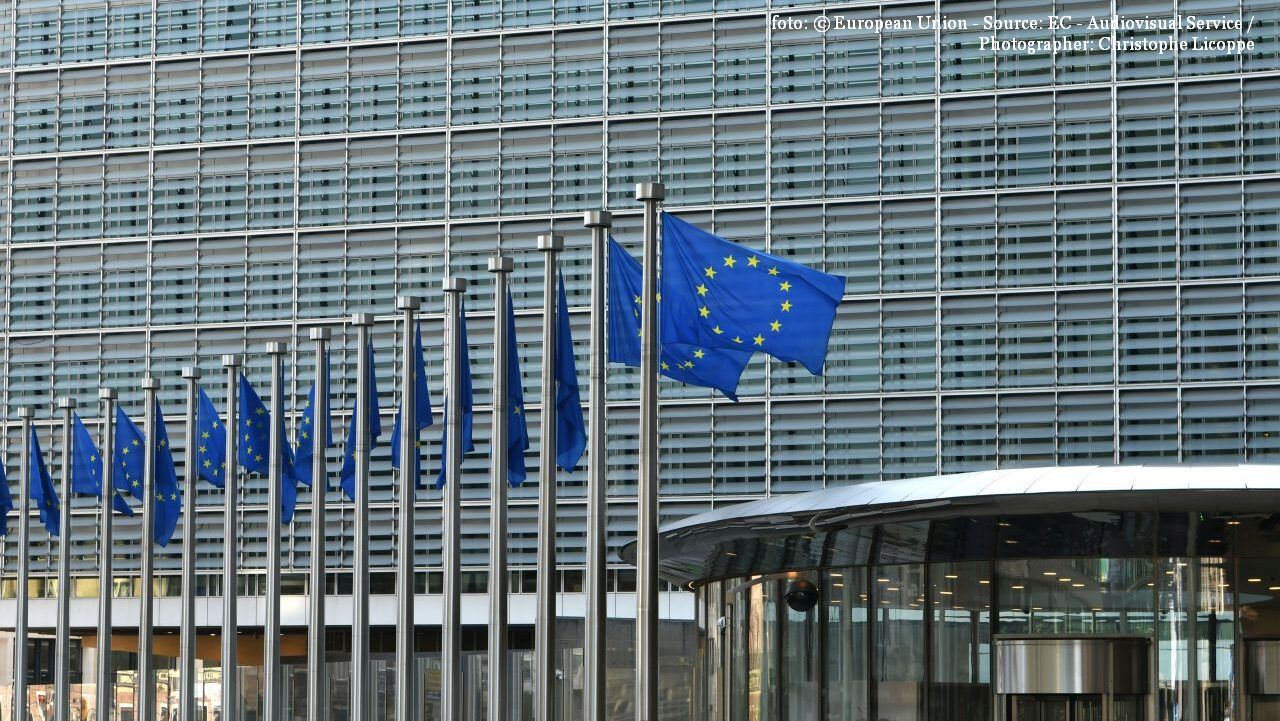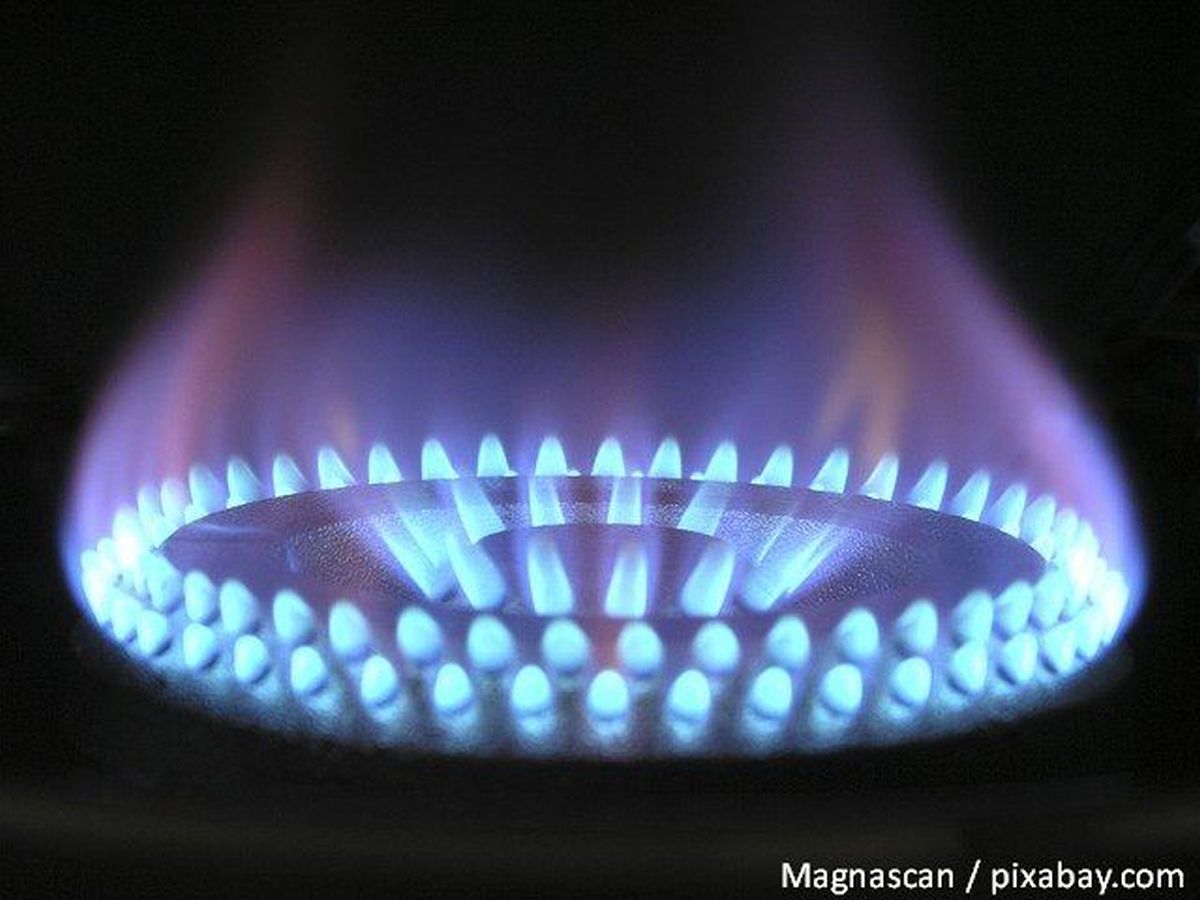Advices on Romania’s economy
Bankers and businessmen have called on the Romanian government to change its economic policies

Bogdan Matei, 16.06.2023, 13:50
The longest-lasting leading figure in
post-communist Romania is the country’s Central Bank governor, Mugur Isarescu.
Born in 1949, Isarescu is also the longest lasting chief of a central bank in
the world as he has been on the job since 1990. As an independent candidate, in
1999 he headed the country’s then center-to-right coalition government and in
the next year he ran, without being successful though, for the country’s
presidential seat, mustering only 9.54% of the votes in the first round.
He came back to the
position of governor, which he has kept for nearly a quarter of a century.
Although not very popular with some, his competence and determination haven’t
been contested yet.
Over the past three
decades, Isarescu has cooperated with many heads of government and Finance
Ministers, so his statements have more weight than the emphatic platitudes uttered
by the Romanian politicians who have often failed to fulfil their pledges. On
the very day, the new PSD-PNL government, headed by social-democrat Marcel Ciolacu,
was instated, the Central Bank governor called on the political decision-makers
to adopt what he called a rational thinking. During a new round of talks on the
country’s economic prospects, he mentioned the two directions any development
strategy should be based on: coordination with the European economy and also the
need for balancing the domestic supply-demand ratio. Agriculture, certain industrial areas or
the green energy, he says, should become top priorities and more relevant on
certain markets, such as the food market, currently under fierce competition.
The governor has confessed, his amazement at Romania’s huge food imports in
spite of having a significant agricultural potential.
The business environment prospects have
been presented by the president of the Romanian Chamber of Trade and Industry,
Mihai Daraban, who believes that a viable economic model must start with the
idea of association in the agrifood field, which has registered a significant
imbalance in the country’s international trade. Poland, which boasts one-third
more surface than Romania, has only 90 thousand farmers, whereas Romania has
796 thousand, most of them owners of small farms. So it has become now very
difficult to talk about competitiveness in this area,’ says the head of the
Trade Chamber, whom the economic media has dubbed ‘the employer of employers’. Daraban
has been pleading for Romania’s administrative-territorial reshuffle, which
means the reduction of the number of communes and counties by bringing them
together under the same umbrella, and implicitly cutting down costs with the local
administrations, which proved ineffective and terribly expensive.
(bill)






























